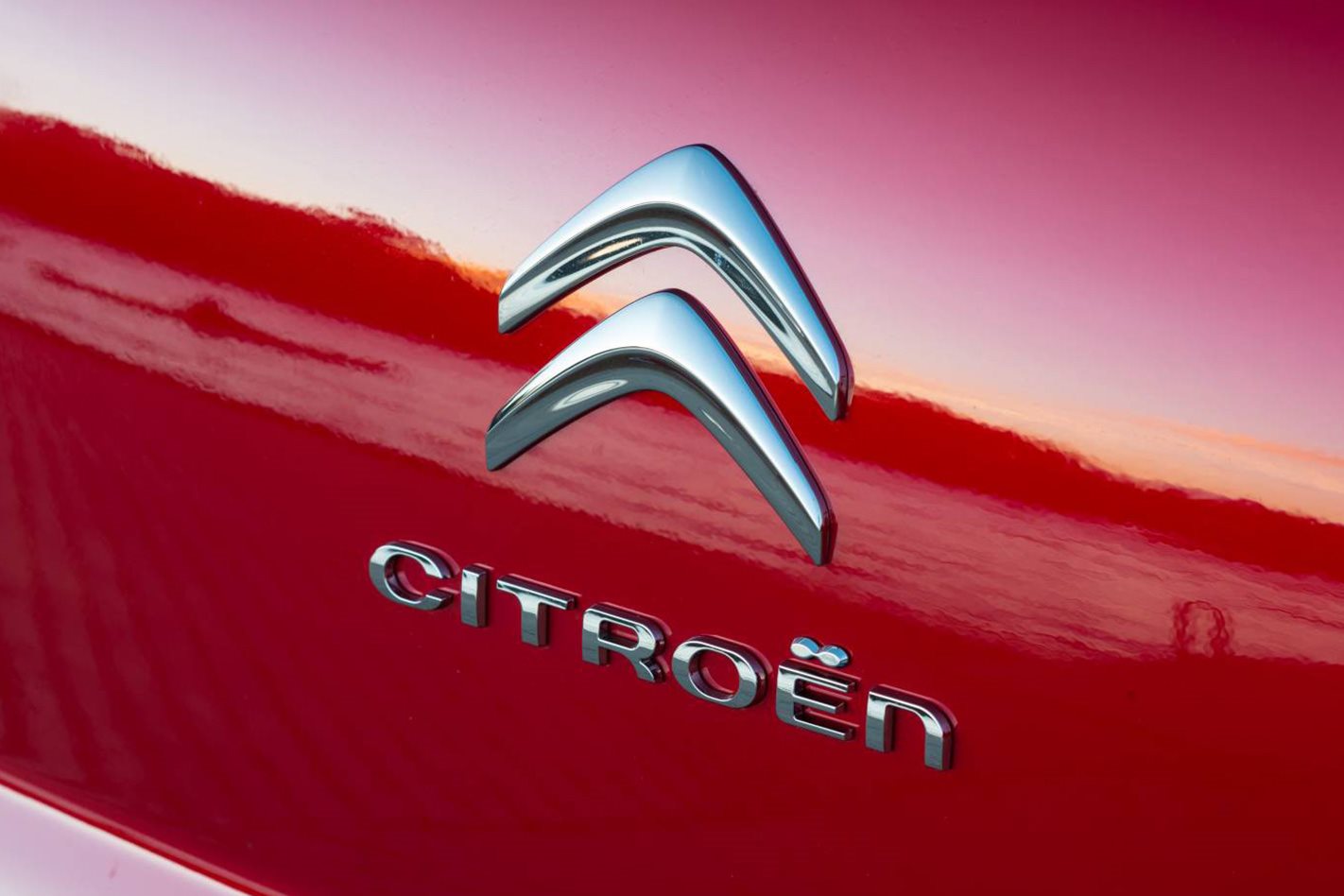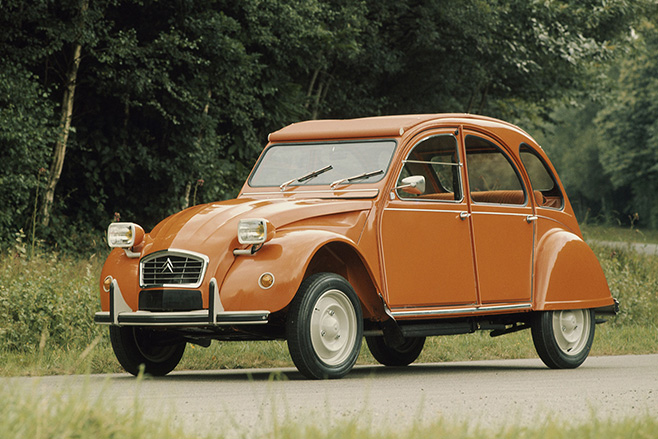
In our Fast Facts series, WhichCar delves deep into the history of automotive brands to bring you fascinating facts and intriguing information.
Here we focus on Citroën, the French brand that in its near-100-year history has pioneered the likes of magical suspension systems, front-drive cars, and savvy car advertising … and run the world’s most successful rally driver.
INSPIRED BY FORD
André Citroën began his industrial career manufacturing gears, followed by artillery shells for World War I. Then, using techniques borrowed from Henry Ford and his Model T, Citroën released France’s first mass-production vehicle in 1919: the Type A. Smaller than most of today’s hatchbacks, it was regarded as a luxury vehicle at the time and available in several body styles.
SAVVY MARKETING
Citroën’s savvy marketing brain was also proven with his second model, the 1922 Type C 5HP, a cute, compact cabriolet model that targeted young buyers and women owners. It became known as the ‘Petit Citron’ (Little Lemon), a nickname blending the company’s name and the yellow paintwork it could be ordered in. The most famous of many variants was the ‘Clover’, which featured a three-seat layout like a three-leaf clover – with a single rear seat behind the front seats.

FROM A TO C
Citroën focused on higher-end vehicles after the 5HP. After the Type A was replaced by a series of B models including the B2, B10 and B12, Citroën unveiled a C range at the 1928 Paris motor show that debuted badges that initially lasted just four years but feature in the company’s current range. They included the C4 and a six-cylinder, 4.6-metre luxury model called the C6.
GAINING TRACTION
The 1934 Citroën 7CV becomes the world’s first mass-produced with wheels driven at the front rather than the rear, an all-steel monocoque body common to today’s cars, hydraulic brakes, and independent suspension. It begins a family that becomes known as Traction Avant – French for front-wheel drive – and includes the 11CV and 15CV variants that span three decades. Production of both ends only in 1957 and 1956, respectively, though early reliability issues did affect the brand’s reputation.
MICHELIN’S STARRING ROLE
André Citroën’s automotive revolution, and determination to beat compatriot rival Renault, comes at a cost. While by 1934 production is prolific, with multiple chassis/body combinations covering 76 models and sold across more than 75 markets, it’s also hugely expensive, and creditors force him into bankruptcy. French tyre maker Michelin become the company’s majority shareholder. André would pass away just a year later, aged 57.
THE VERY SMALL CAR
Michelin had been forming an idea for a ‘people’s car’ for some years, and its takeover of Citroën led to the Very Small Car that became known as the 2CV. Development had been stalled by World War II before the 2CV made headlines at the 1948 Paris motor show. Famously designed to cross a field without breaking any eggs on board so it could cope with typically poor French roads – while also being cheap to run and repair – the 2CV would surpass five million units in car and van guises in a production run lasting from 1949 until 1990. It even gained a starring role in the 1981 James Bond movie For Your Eyes Only.

THE GODDESS
Where the 2CV was simplistic, the 1955 DS was complex as it captured Citroën’s pioneering spirit ‑ and sales. Nearly 80,000 customers at that year’s Paris motor show ordered the sedan with its distinctively streamlined exterior and avant-garde interior. With its clever hydro-pneumatic self-levelling suspension and fully hydraulic steering delivering an effortless ride and steer, it was already brimming with innovations before later versions introduced features including swivelling headlights. Production lasted 20 years, with one of the last variants – the DS23 Pallas Electronique – showcasing the sci-fi-style Citroën as the ultimate in luxury and sophistication.
MASERATI AFFAIR
Two years after buying a controlling interest in Italian brand Maserati in 1968, Citroën releases a GT car called the SM. It mixes technology from the DS, including its hydro-pneumatic suspension, with a V6 engine shared with the Maserati Bora. The styling, performance and handling are all a hit with critics and enthusiasts, though the 1973 oil crisis leads to its demise by 1975.
ENTER THE LION
The SM is also a loss-maker, while the overall Maserati purchase puts Citroën into financial trouble and into the hands of fellow French brand Peugeot. Peugeot acquires a 38.2 per cent stake in 1974 and increases its share to 90 per cent by 1976. It eventually leads to the formation of the PSA Group that becomes a dominant player in Europe.
EUROPEAN CHAMPS
Citroën collects two European Car of the Year titles in the 1970s. The GS, a rare all-new Citroën when it’s released, wins in 1971 thanks to features such as the company’s now-legendary hydro-pneumatic suspension and sleek styling claimed to be the most aerodynamic of any production car in the world. A long-awaited successor to the DS follows suit in 1975. The similarly futuristic-looking CX, the last car to be designed entirely in-house before the Peugeot buy-out, wins over the ECOTY judges over with its confident handling, pampering ride, and variably weighted steering.
RALLY LEGENDS
Frenchman Sebastian Loeb became the most successful driver in the history of the World Rallying Championship (WRC) with Citroën. He won a remarkable nine consecutive drivers’ titles between 2004 and 2012, driving three different rally cars – the Xsara WRC, C4 WRC, and DS3 WRC. Citroën racks up a total of 94 wins and eight constructors’ titles between 2003 and 2012, with only Ford interrupting the run in 2006 and 2007.
DS REBORN
Citroën uses the badge of arguably its most famous car as inspiration for a new premium sub-brand launched in 2009. The DS3, a sportier and more upmarket version of the humble Citroen C3 city car, is the first in a line of DS models designed to be more luxurious – and more profitable – than the humbler C-badged models they’re based upon.





